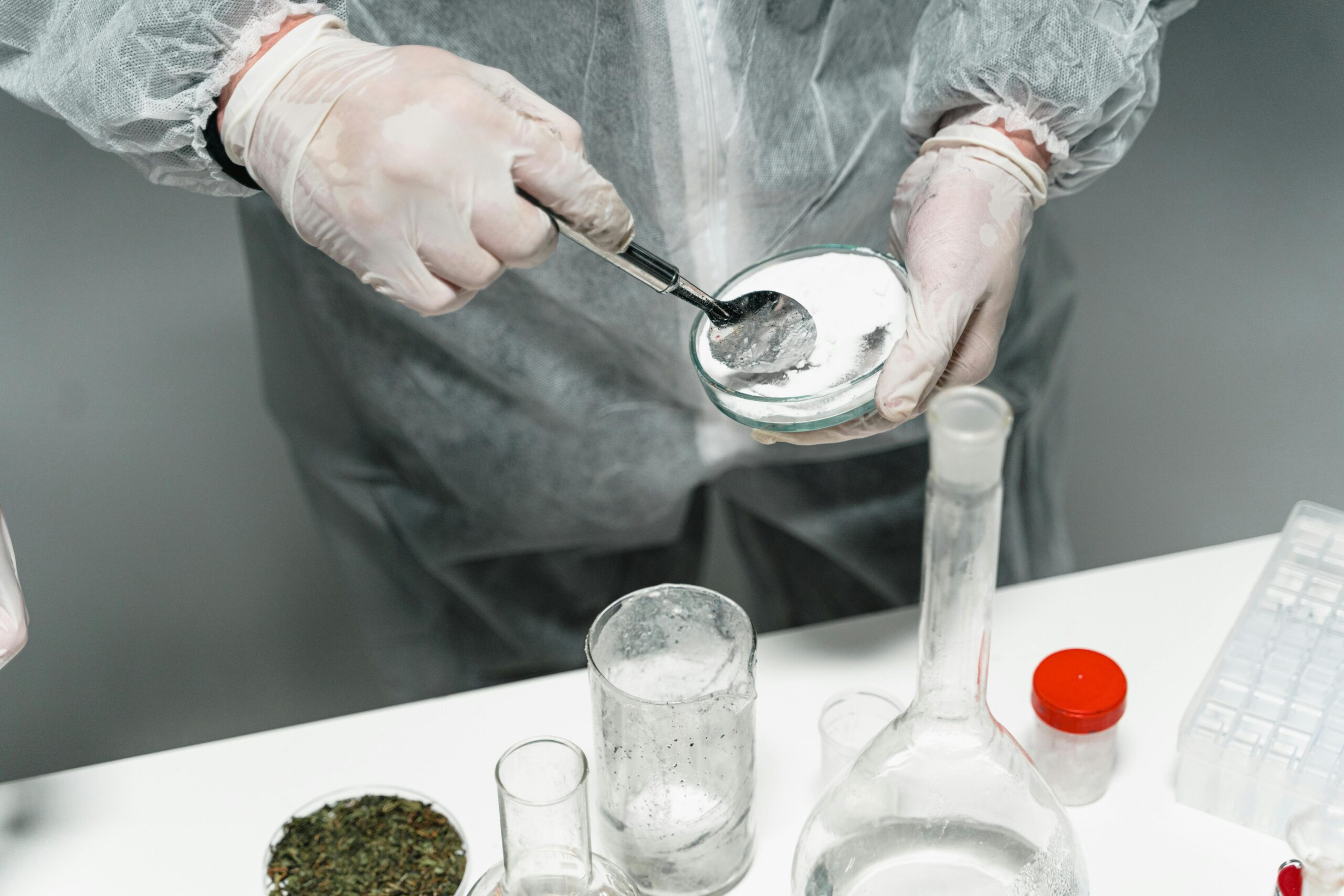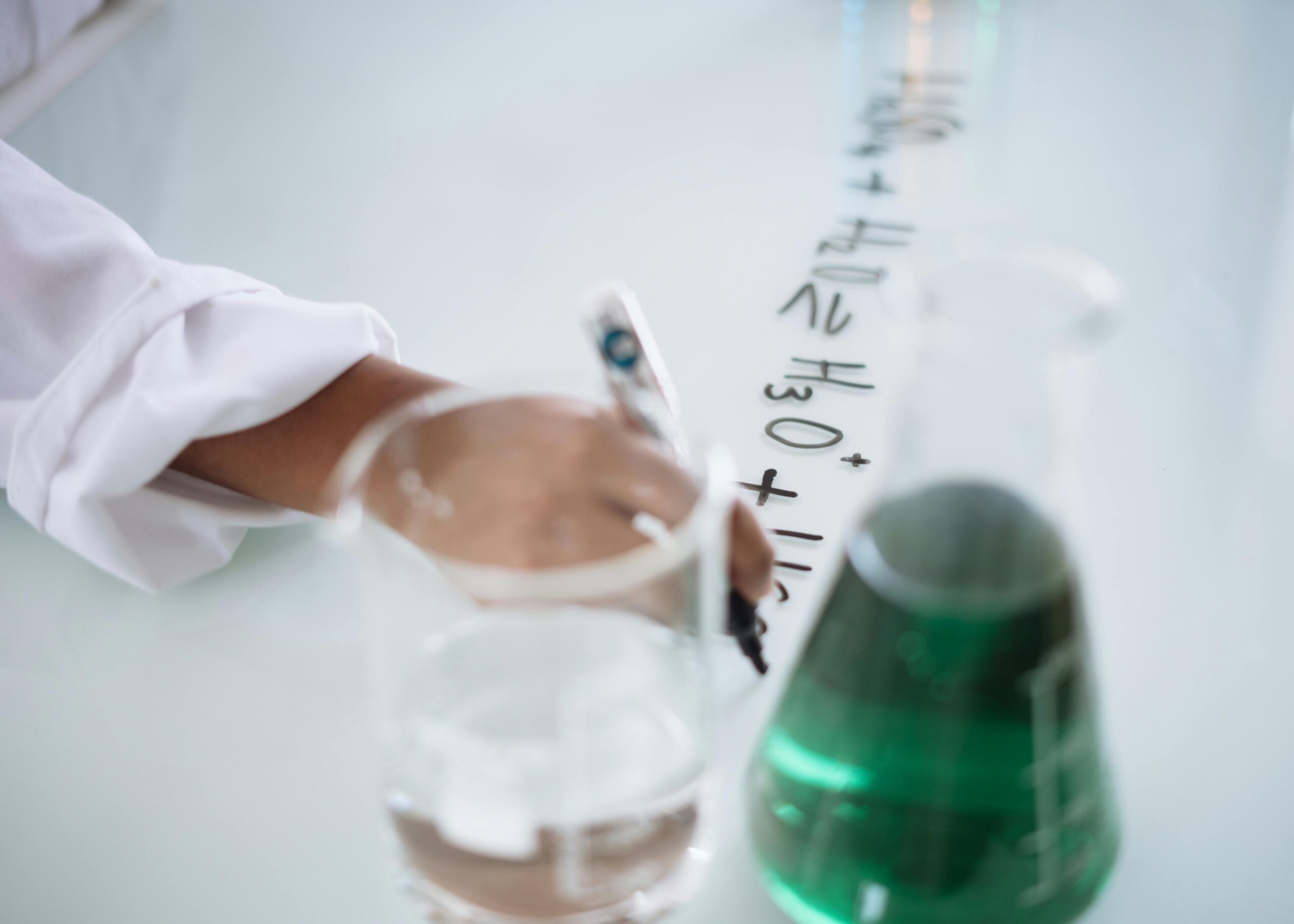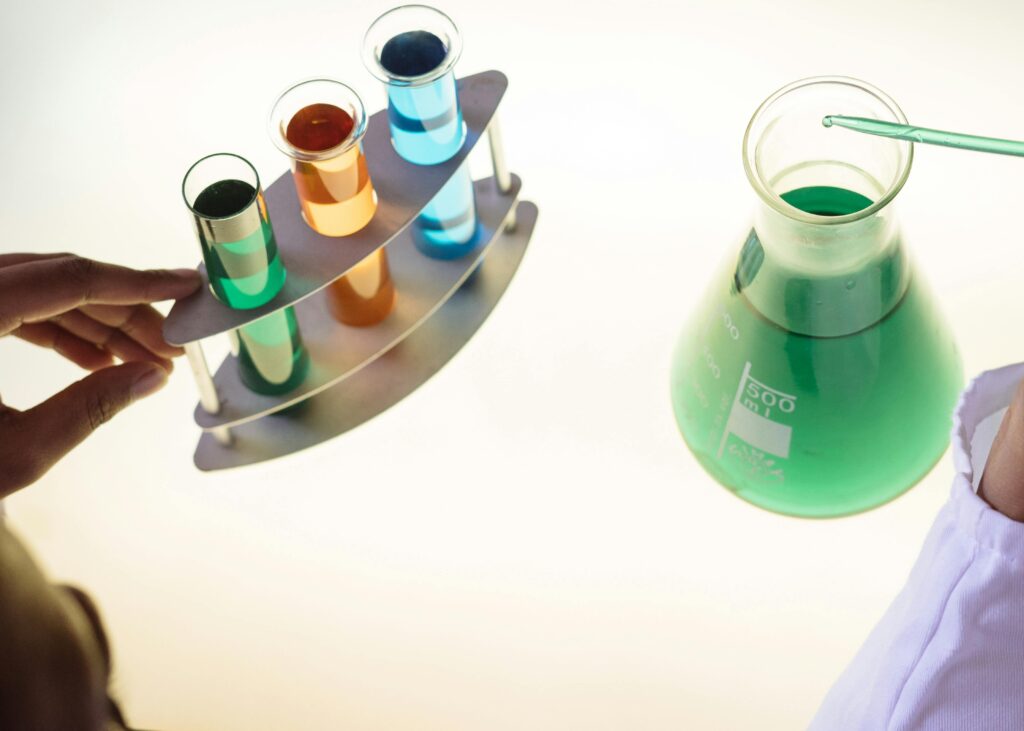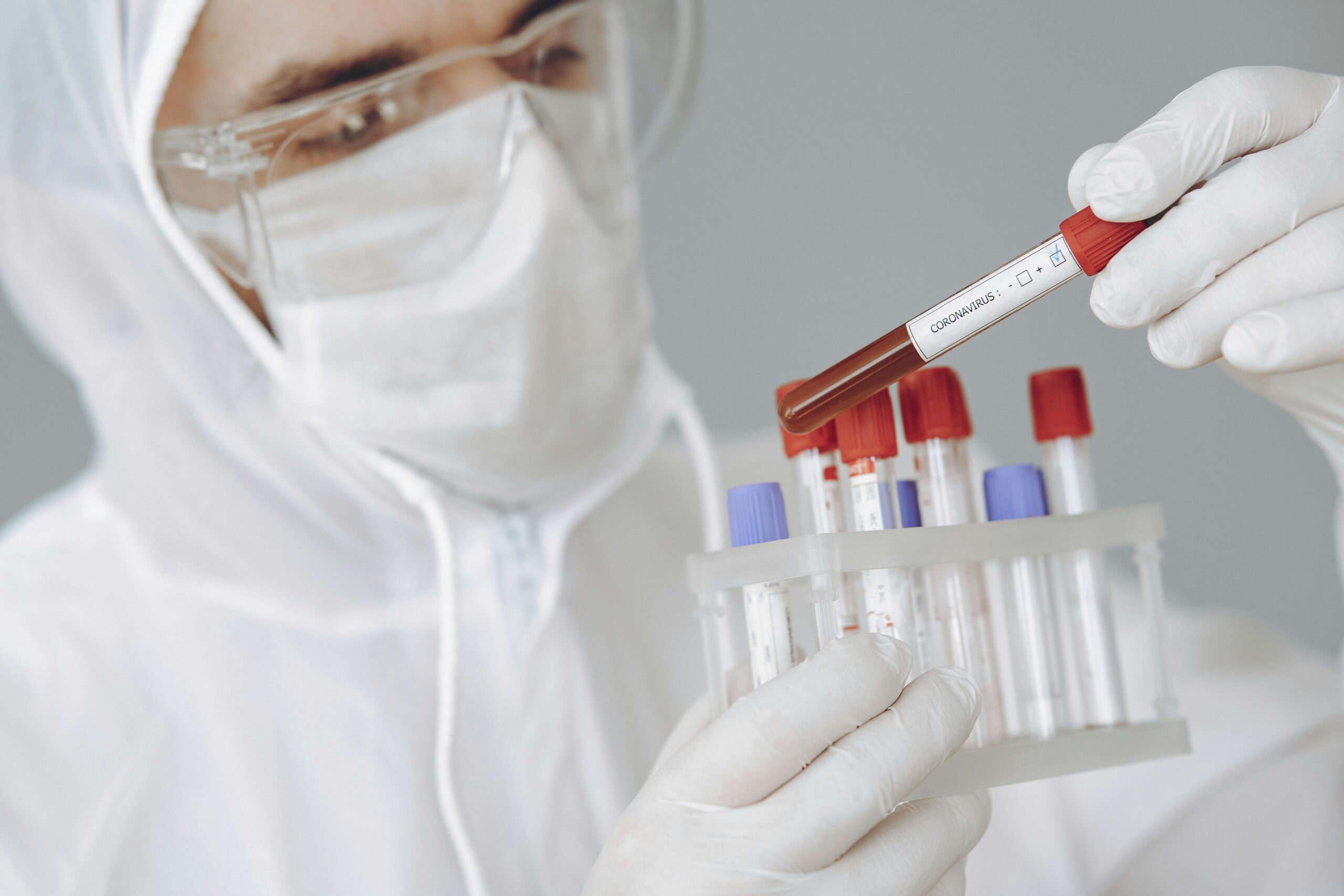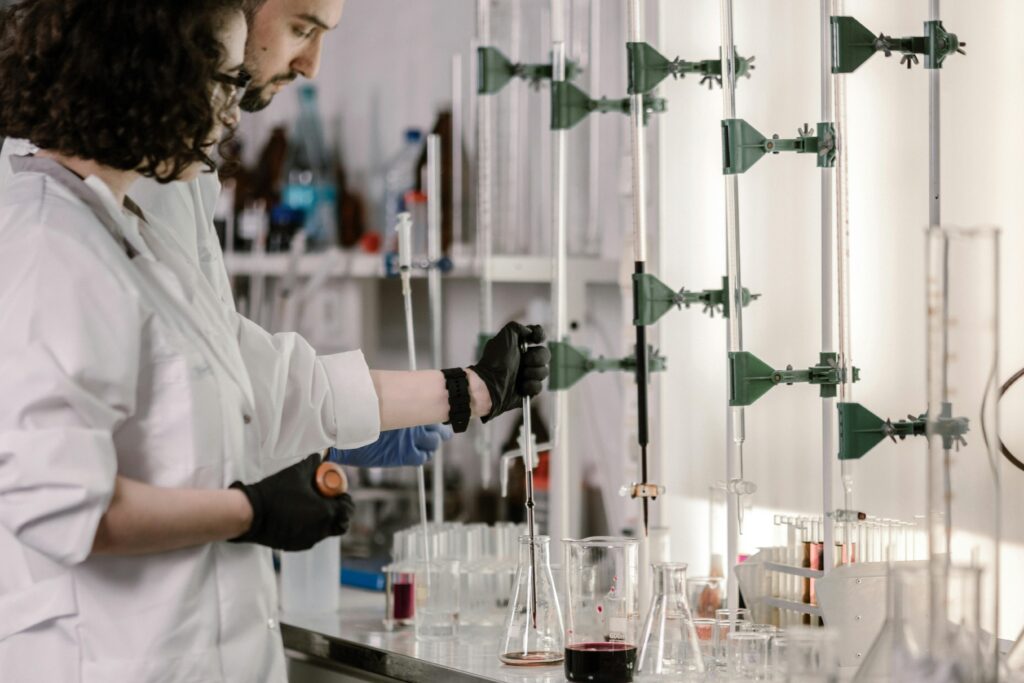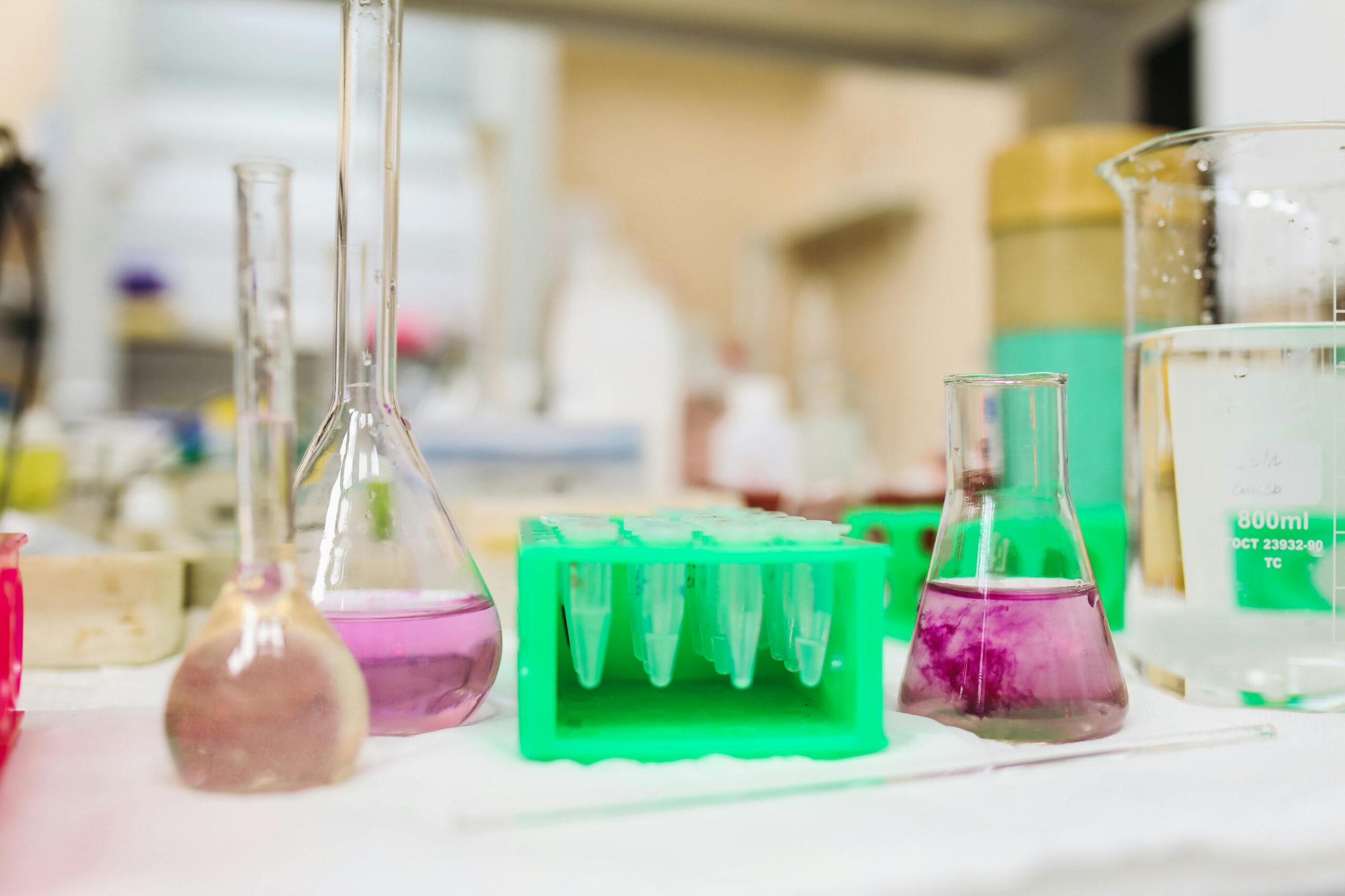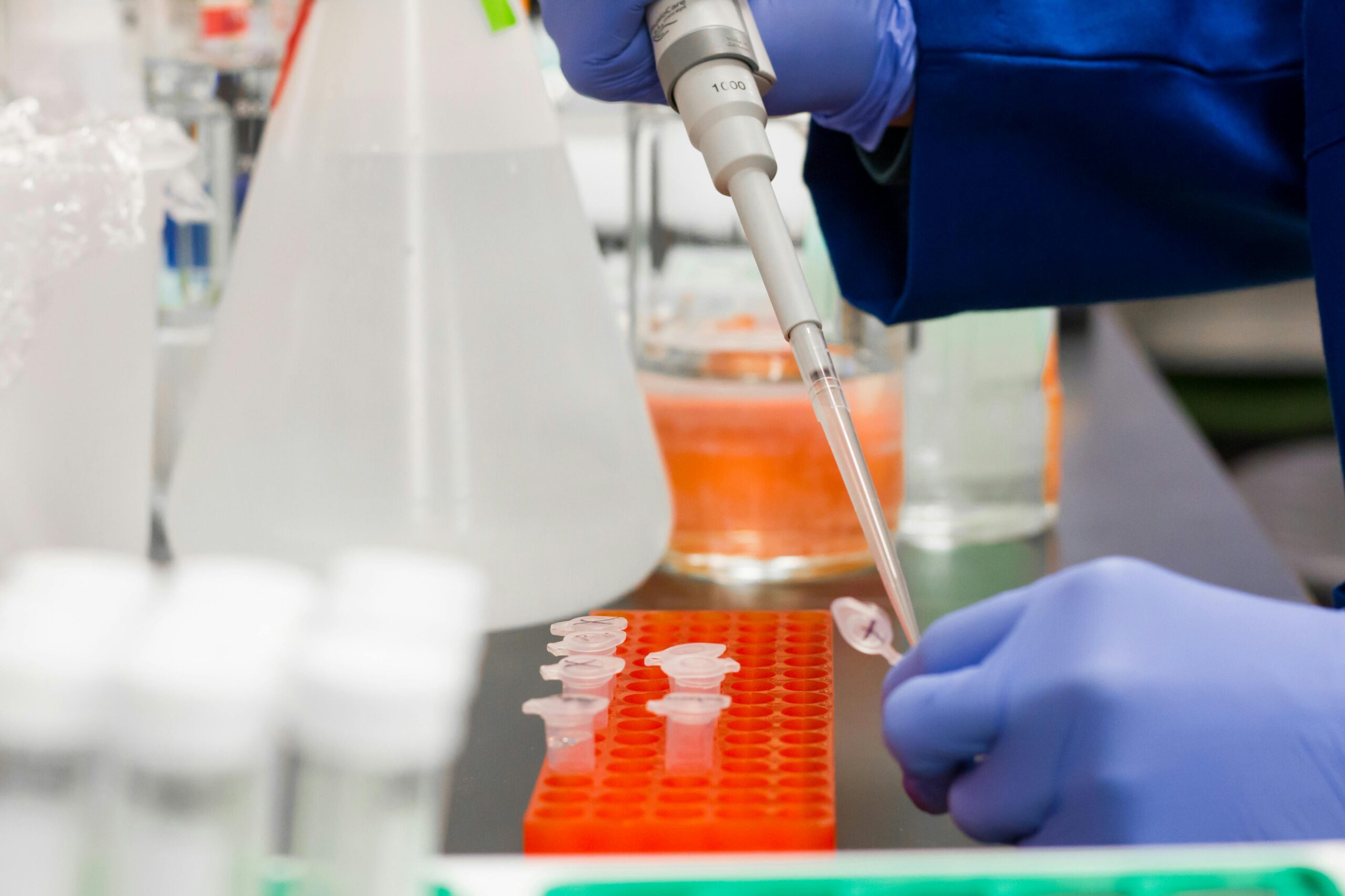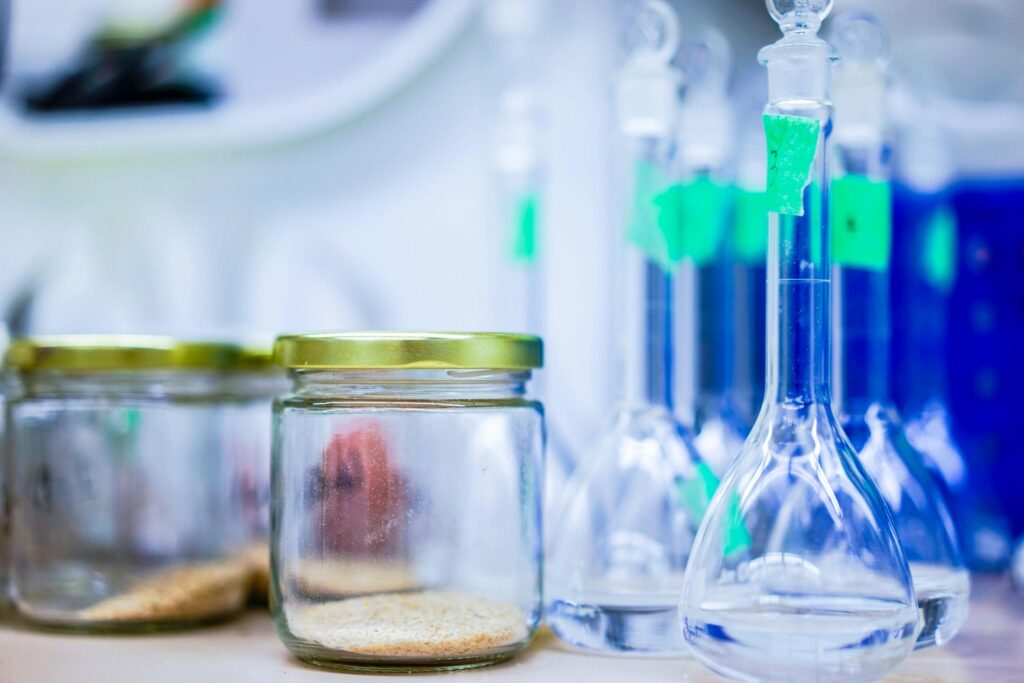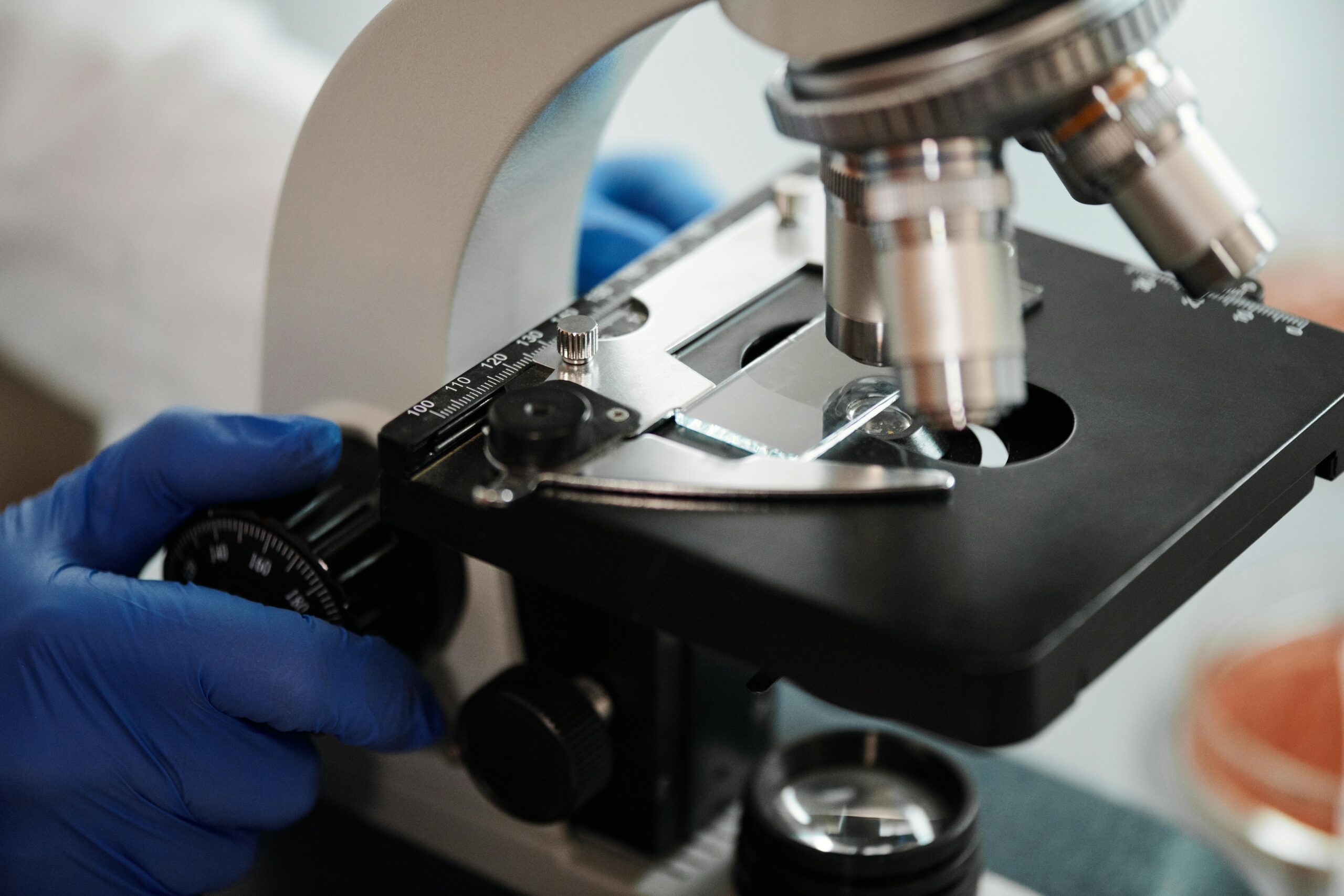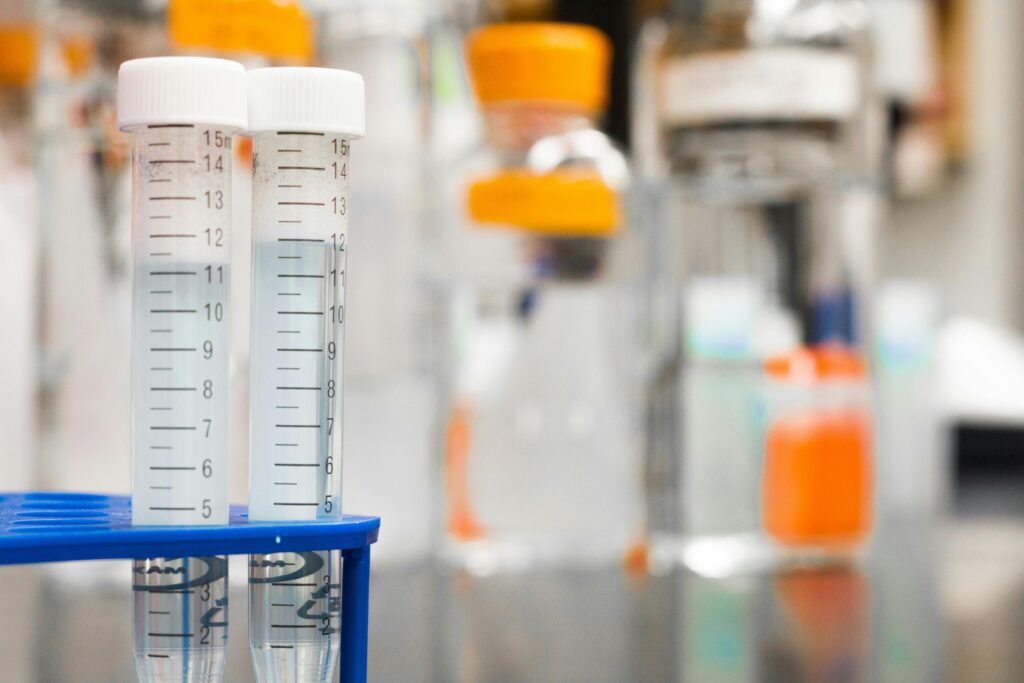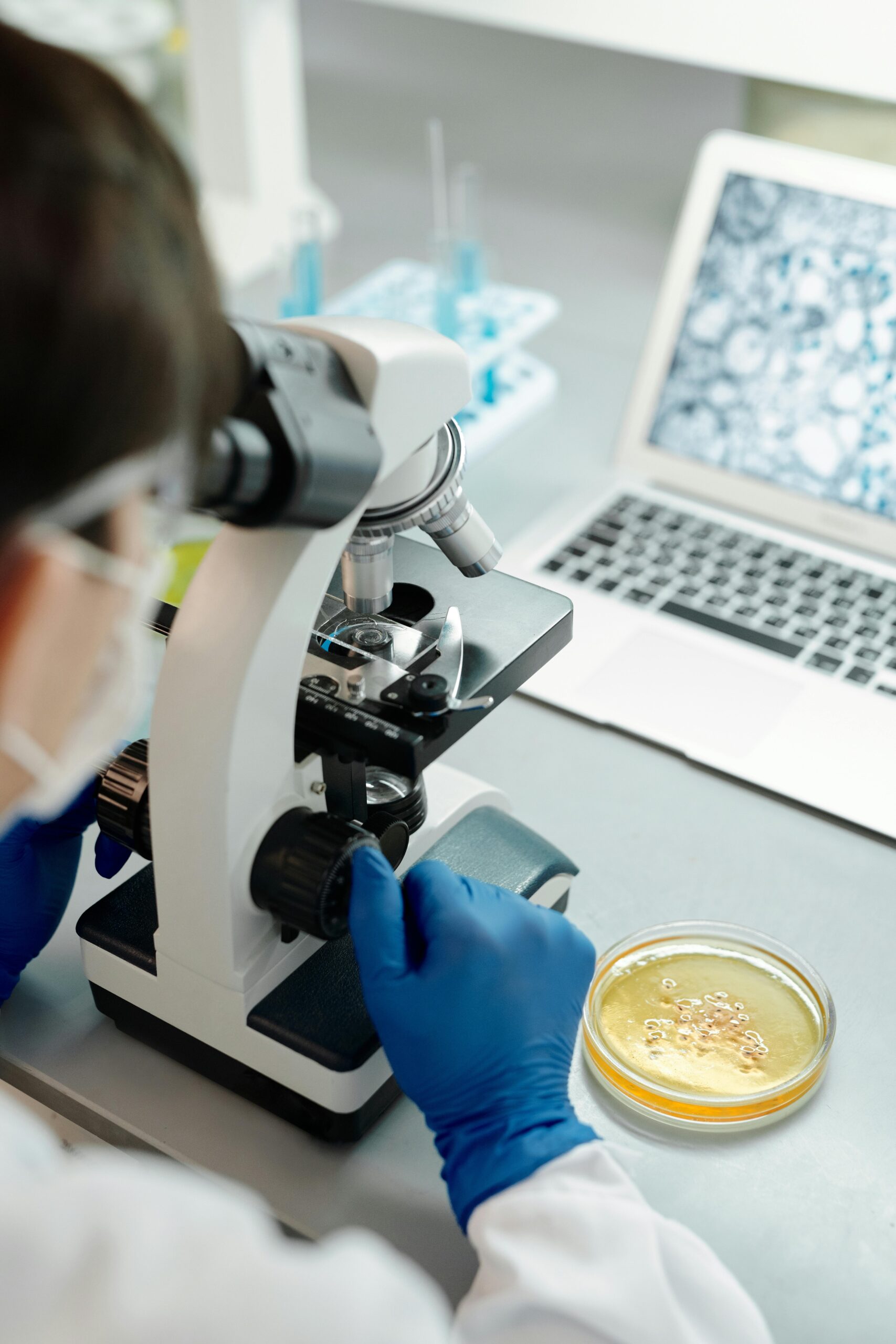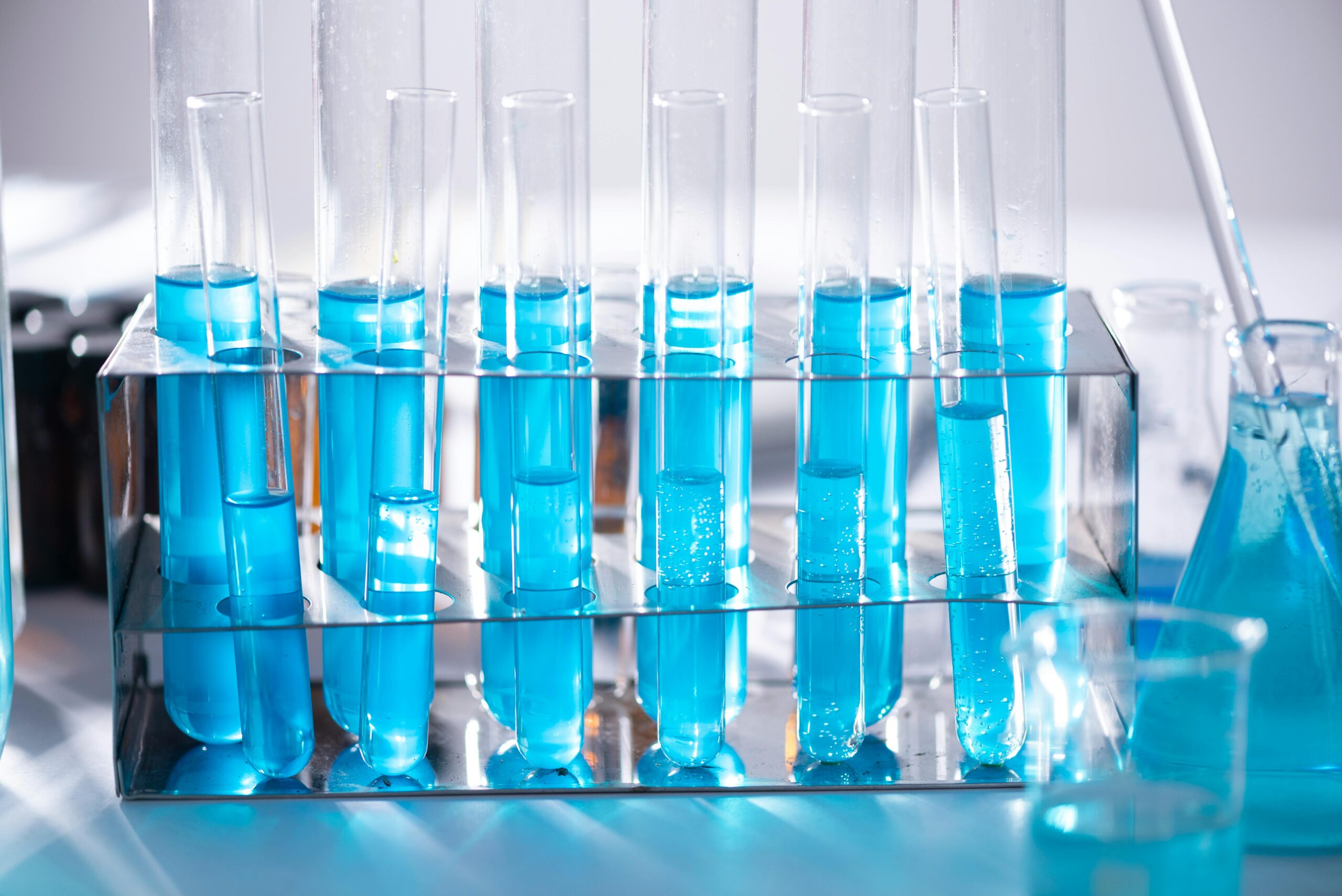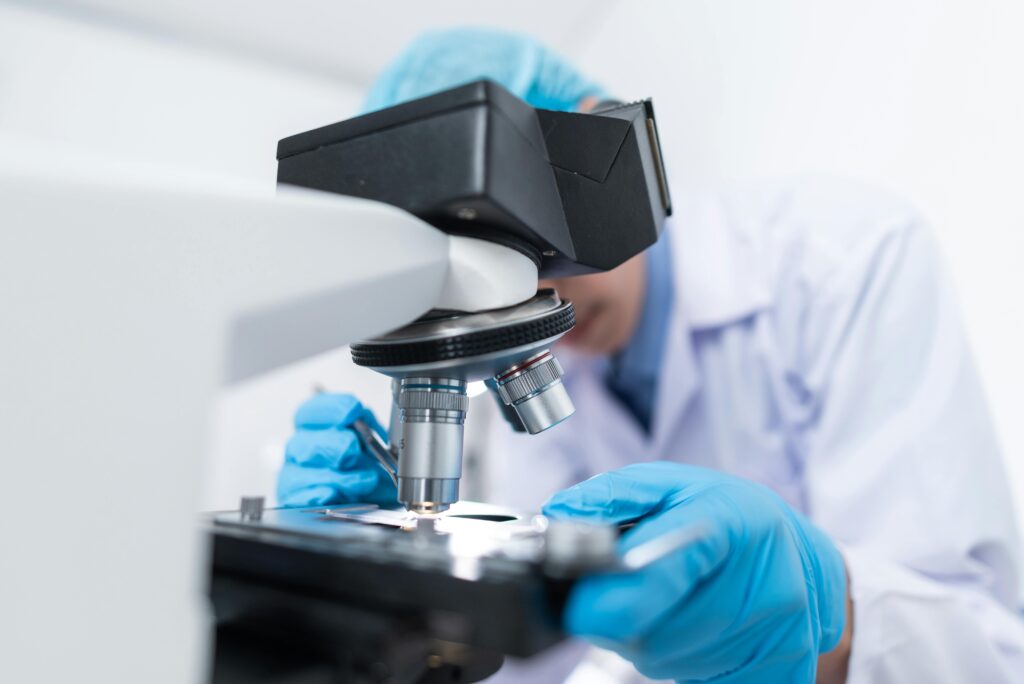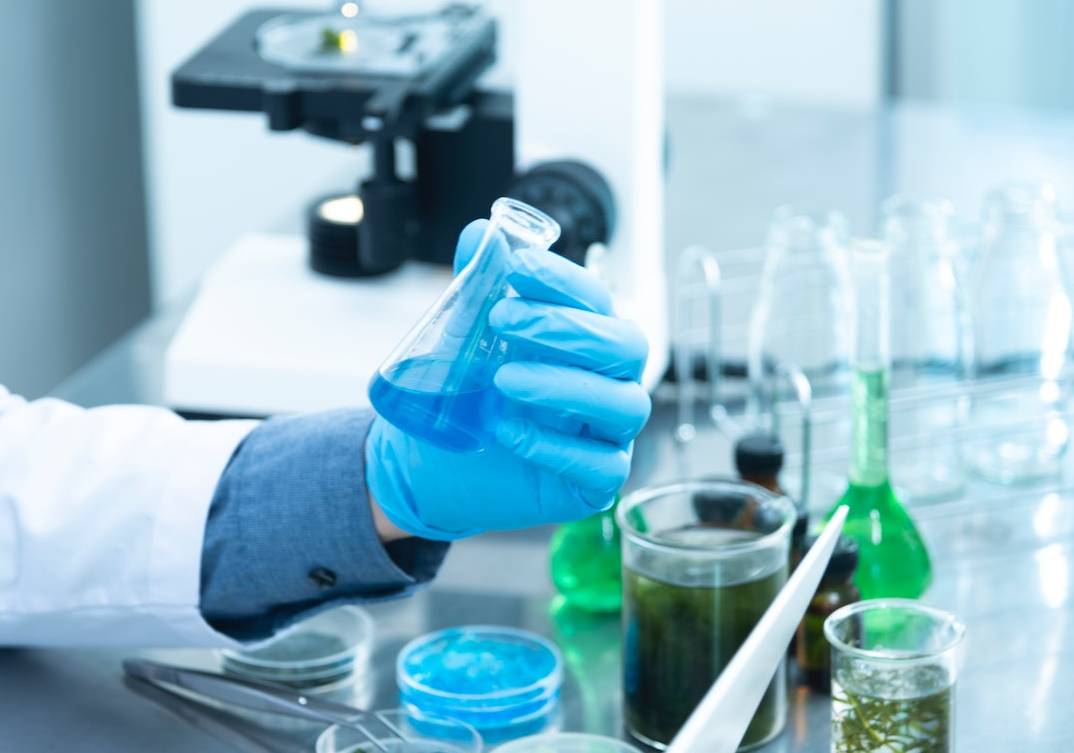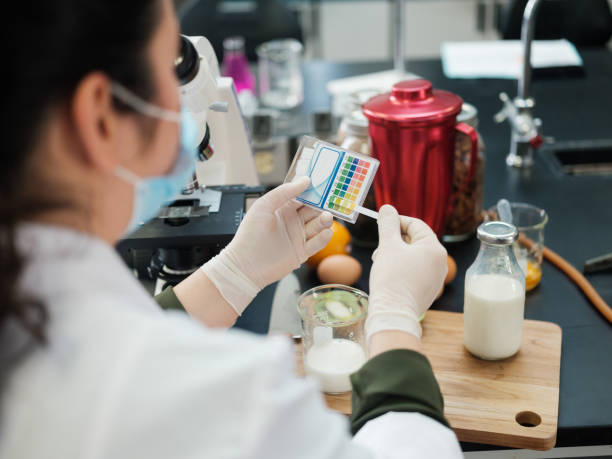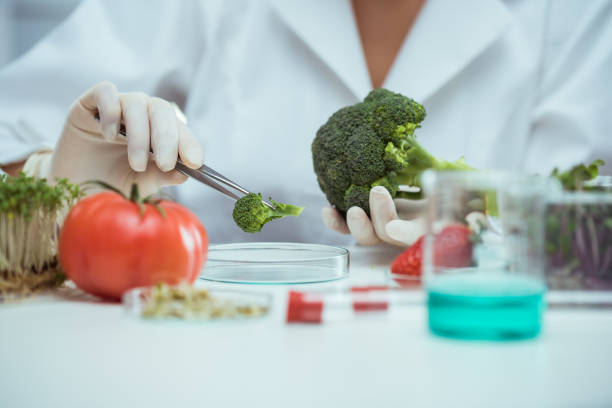When it comes to food safety, foodborne illnesses prevention is of utmost importance to both food service operations and customers. Strict hygiene regulations and cutting-edge equipment are important, but personnel training—an often-underappreciated component—continues to be the key to guaranteeing safe food handling. We explore the value of employee education in preventing foodborne illnesses in this extensive guide, as well as how it protects the public's health and a company's reputation.
Understanding Foodborne Illness Prevention:
Foodborne infections are illnesses brought on by eating or drinking tainted food or liquids. Toxins, viruses, bacteria, and parasites are frequently the causes of these diseases. The symptoms can be life-threatening in severe cases and range from minor discomfort to severe gastrointestinal distress. Employee training is a crucial component of a comprehensive strategy aimed at preventing foodborne infections.
Importance of Employee Training :
Enhanced Food Safety Knowledge: Employees who have received thorough training are more equipped to handle food safely and minimize cross-contamination. They also have a better understanding of foodborne diseases. With this knowledge, they can recognize possible risks and take preventative action to lessen them. Personal hygiene, food storage, temperature control, cleaning and sanitization, and allergen management are among the subjects that should be covered in training.
Adherence to Best Practices:
Employees with proper training are aware of and regularly follow approved food safety procedures. Following recommended practices reduces the risk of contamination at every stage of food preparation and service, from temperature monitoring to handwashing protocols. The significance of adhering to standard operating procedures (SOPs) to maintain a safe environment should be emphasized in training programs.
Reduced Risk of Cross-Contamination:
Handling raw and cooked food improperly can result in cross-contamination, which is a major cause of foodborne infections. Employees who receive training understand the value of segregation, appropriate storage, and cleaning procedures, which significantly lowers the chance of cross-contamination. To stop dangerous bacteria from spreading from one surface or ingredient to another, they ought to receive training on safe food handling procedures.
Early Detection of Food Safety Issues:
Workers with training keep a close eye on food quality and can spot contamination or spoiling early on. Early detection makes it possible to take quick action, such as taking contaminated things out of circulation to stop possible epidemics. Common foodborne pathogens, indicators of food decomposition, and the significance of routine inspections should all be covered in training.
Crisis Management Skills:
Well-trained staff members are prepared to act quickly and decisively in the case of a food safety problem, reducing the impact on clients and the company's reputation. Appropriate training guarantees a coordinated response, from executing recalls to liaising with health authorities. Workers should receive crisis management training on how to successfully deal with consumers and regulatory bodies, as well as how to contain and report events.
Customer Trust and Loyalty:
Customers' confidence is bolstered by a strong dedication to food safety, which increases their faith in the company. Businesses that prioritize staff training show their commitment to providing customers with food that is both safe and of excellent quality, which in turn builds customer loyalty over the long run. Training curricula should stress the significance of food testing safety standards observance in preserving customer trust and loyalty, as well as the role of staff as brand ambassadors.
Amplifying the Importance of Employee Training:
Beyond just following the rules, employee training is crucial for preventing foodborne illnesses. It acts as a preventative strategy to maintain public health standards and protect the welfare of consumers. Let's examine in more detail the several advantages of effective training programs.
Promoting a Culture of Accountability:
Thorough training creates an environment of responsibility where each member of the team is aware of their responsibility for upholding food safety regulations. Employees who are instilled with a feeling of responsibility take an active part in the group effort to prevent foodborne diseases, instead of considering it as a management-only responsibility.
Empowering Frontline Staff:
Frontline employees are sometimes the first line of defense against any risks to food safety in food service companies. Businesses reduce the chance of foodborne illness outbreaks by providing frontline staff with the training they need to properly identify and manage hazards. This empowerment boosts the general effectiveness of food safety procedures in addition to improving workplace morale.
Nurturing Continuous Improvement:
Employee training ought to be seen as a continual process of progress rather than as a one-time occurrence. Frequent training sessions give staff members the chance to hone their abilities, stay current on new developments in food safety, and gain knowledge from previous mistakes. Businesses should remain flexible in responding to changing difficulties related to food safety by cultivating a culture of ongoing learning.
Aligning with Industry Standards:
In the food service industry, where regulations are updated frequently, adherence to industry standards is crucial. Employees with the necessary training can handle these changes with ease, making sure the business complies with all applicable laws and industry standards. Businesses show their dedication to excellence in food safety by staying ahead of the curve.
Mitigating Legal and Financial Risks:
Businesses run serious legal and financial risks if they fail to provide employee training on preventing foodborne diseases. Insufficient training could be identified as a contributing reason in the event of a foodborne illness epidemic linked to the business, which could lead to legal action, penalties, and harm to the establishment's reputation. Businesses can prevent such risks by making training a top priority, ensuring their long-term survival.
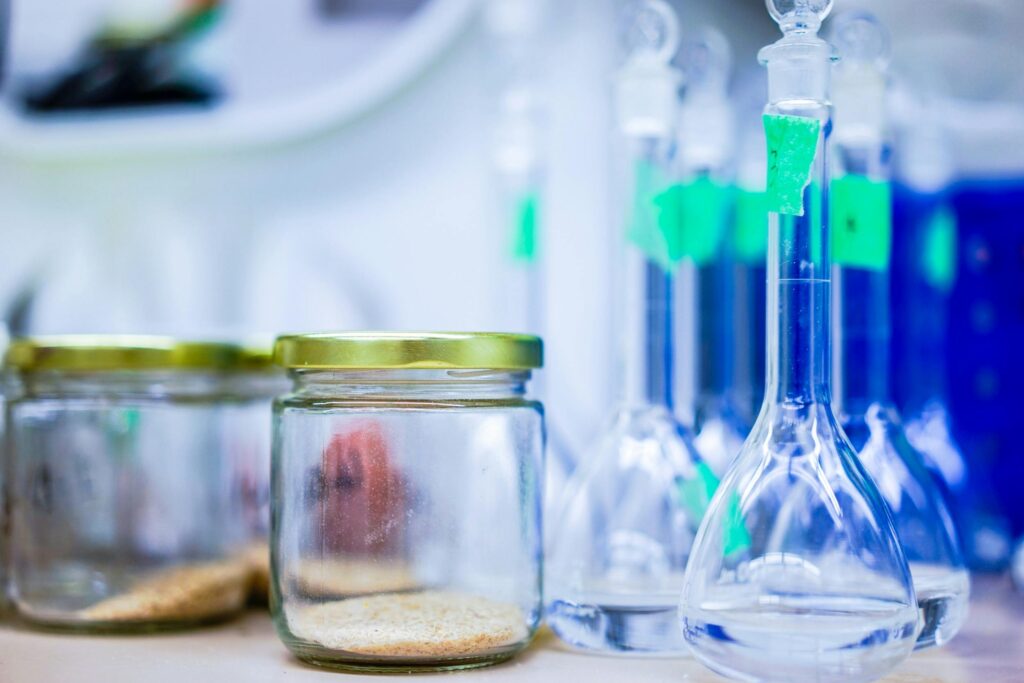
Enhancing Employee Morale and Retention:
Employee retention and morale are raised, as well as food safety benefits for the company, while training staff members. Workers value companies that put their professional growth and welfare first because it creates a great work atmosphere that encourages loyalty and productivity. By developing a trained workforce, companies have a competitive advantage in luring and keeping elite personnel.
Implementing Effective Training Programs:
Customized Curriculum:
Customize training courses to cover particular hazards and processes that are pertinent to your business. Make a detailed evaluation of the needs of your facility and create a curriculum that includes all necessary subjects. To make the training applicable and interesting for the staff, include case studies and real-world examples.
Regular Refresher Courses:
Food safety procedures change over time, therefore it's important to provide personnel with regular training updates so they are aware of the newest guidelines and procedures. Plan recurring refresher sessions to preserve compliance and enhance understanding. To keep staff members current, think about adding fresh knowledge and best practices to already-existing training courses.
Lead by Example:
An important factor in encouraging a culture of food safety is leadership. In addition to actively participating in training sessions, managers and supervisors should set an example for others by adhering to best practices. Set an example for others to follow by adhering to food safety regulations regularly and exhibiting your dedication to preserving a secure atmosphere.
Feedback and Evaluation:
Ask staff members for their opinions on the success of training initiatives and potential areas for development. Frequent evaluations make it easier to spot knowledge gaps and adjust training programs. During training sessions, promote open communication and give staff members the chance to share their experiences and ask questions.
Conclusion:
It is impossible to overestimate the significance of staff training in the prevention of foodborne illness in the ever-changing food service industry. Businesses can secure their reputation and financial line in addition to public health by investing in thorough training programs. Employees are front-line protectors against foodborne pathogens, armed with best practices and information to guarantee that every meal provided is healthy, safe, and free from contamination.

